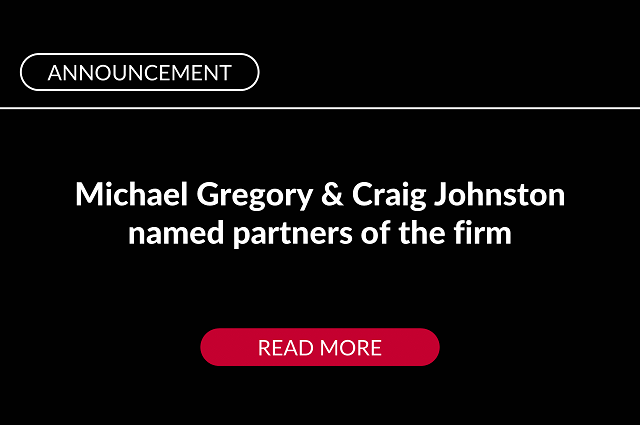Thinking of big changes in 2020? Writing for Golf Course Industry Magazine, GGA Partner Henry DeLozier shares four macro changes to consider as the new decade begins.
Golf no longer exists in a vacuum, separate and distinct from market forces that shape other mainstream businesses. Gone are the days when golf club and facility managers could operate without a sensitive finger on the pulse of social, environmental and political changes affecting their business. As we enter the third decade of the 21st century, here are four macro changes to be aware of and to use to your advantage.
1. New solutions to labor shortages
Traditionally, labor costs for golf courses have ranged from 52 to 56 percent of golf course maintenance budgets. With increases in minimum wages and the ripple effect throughout organizational charts, labor costs continue to escalate. Derek Johnston, a partner at Global Golf Advisors, says labor costs have jumped as much as 6 percent.
Operators managed the first wave of escalating labor costs by reducing head counts and outsourcing certain activities to third-party contractors. Now, they are being forced to get more creative to deal with what is by far the facility’s single largest line item. Some have reacted by flattening their org charts, eliminating supervisory positions and restructuring responsibilities for some managers and staffers. As a result, staffing levels that ranged from 19 to 25 employees per 18-hole course are in significant decline.
Labor will remain a primary focus and concern for operators in 2020. Suggestions for managing rising costs are to re-evaluate all operational activities with an eye for possible benefits to be gained from outsourcing; take labor-intensive components of your operation and determine how the work could be accomplished more efficiently; and look at non-golf sectors for solutions being implemented in other fields such as hospitality and manufacturing.
2. Increased environmental awareness
Golf courses throughout North America have embraced opportunities to increase their environmental stewardship. Beekeeping, which sustains the bee population and ensures ongoing pollination; bat houses, which address mosquito infestations; and habitat restoration for butterflies, especially monarchs, whose habitat supports pheasant, quail, waterfowl and many other species; have been introduced at many locales.
Making golf courses and their surrounding grounds environmental sanctuaries is resonating with key market influencers, including millennials and women, who are also prime targets for increasing play and membership. Audubon International CEO Christine Kane reports that clubs as sanctuary communities are on the rise nationwide: “Audubon-recognized sanctuary communities have increased more than 20 percent over the past five years,” according to Kane.
Progressive superintendents and golf managers who expand the reach and impact of their environmental efforts will be viewed favorably by community leaders as well as current and prospective members and customers.
3. Expanded reach of social media
Superintendents and facility managers have become important sources of content relevant to club members and consumers. Photographic images of flora and fauna on club grounds are of interest to members who take pride in their clubs’ beauty and connection to the environment.
Instagram and Twitter can be used to show images sourced by staff members — golf course workers, cooks, janitors, golf professionals — who are alert to opportunities to snap butterfly habitats, wildflowers and all sorts of wildlife that call the club home. Such images are often posted to the club website and distributed to club members and visitors as a means for extending brand engagement.
Gone are the days of the cut-and-paste guidance for how to repair a ball mark. The increased relevance and timeliness of today’s news is attributed to the capability and proliferation of social media.
4. Comprehensive planning
The growth of strategic planning (supported by specialized plans for marketing, communications, finance and membership) is another example of general business’s influence on a more enlightened group of golf managers. Just as most any business relies on a strategic plan to guide its decision-making, golf is recognizing the importance of establishing a clear vision that serves to prioritize programming and investment. Top performers rely on data-based plans to distinguish their facilities not only in overcrowded markets, but also with consumers debating their leisure activities and spending. Those facilities that create market differentiation will prosper in 2020 and beyond.











